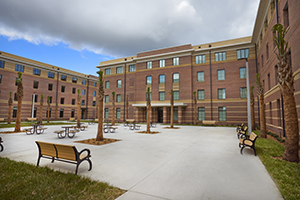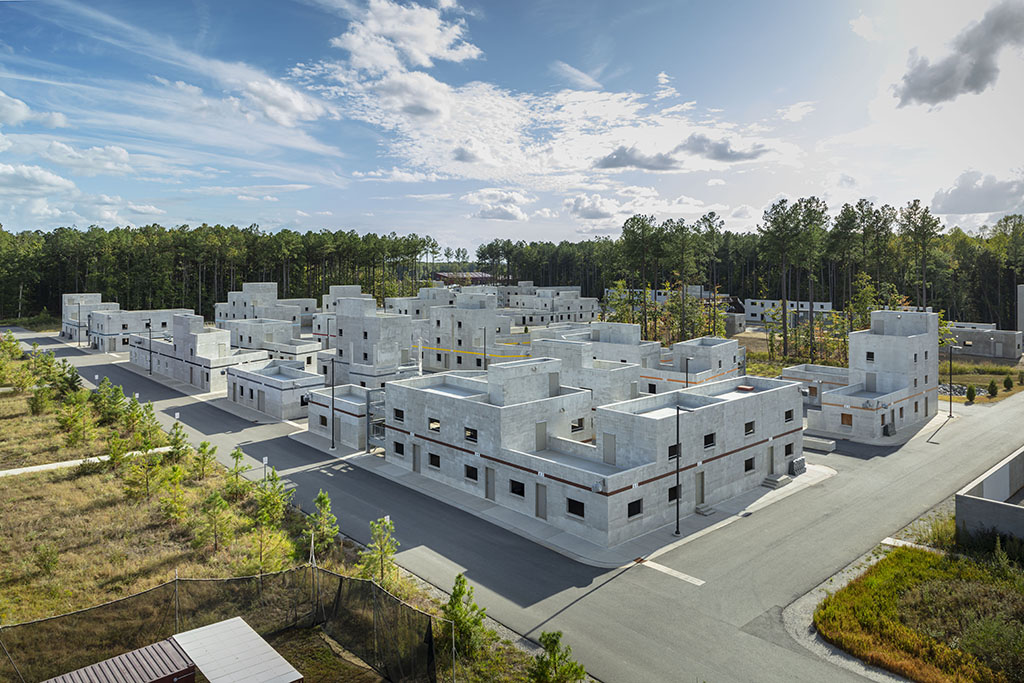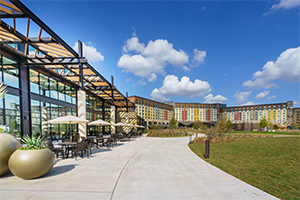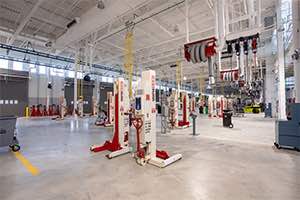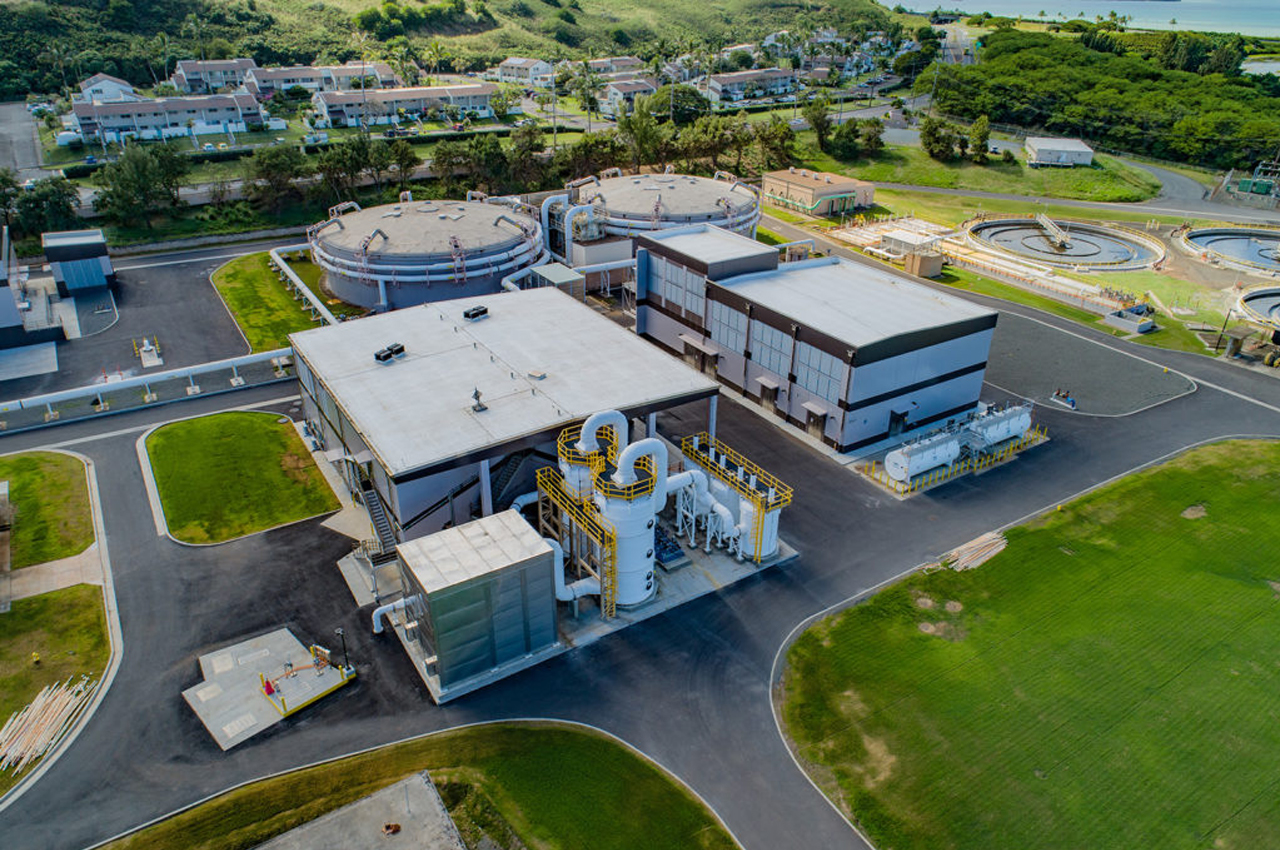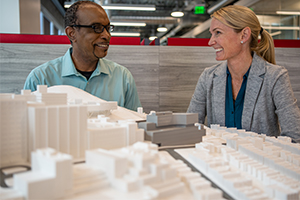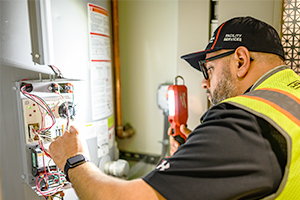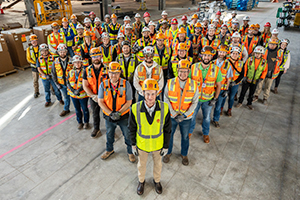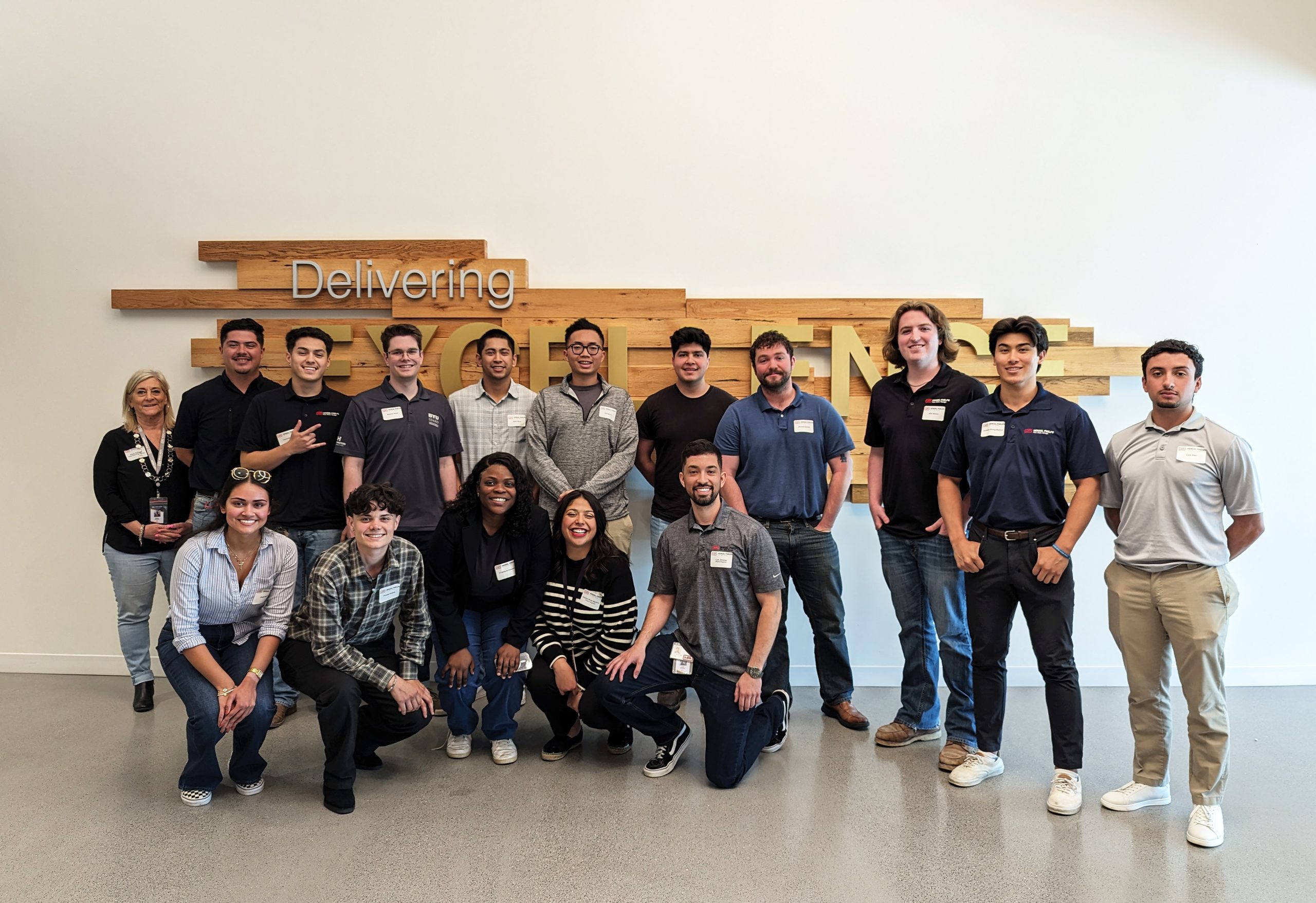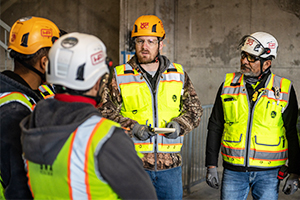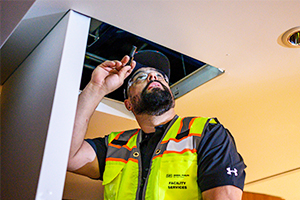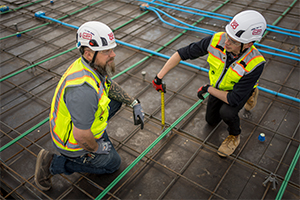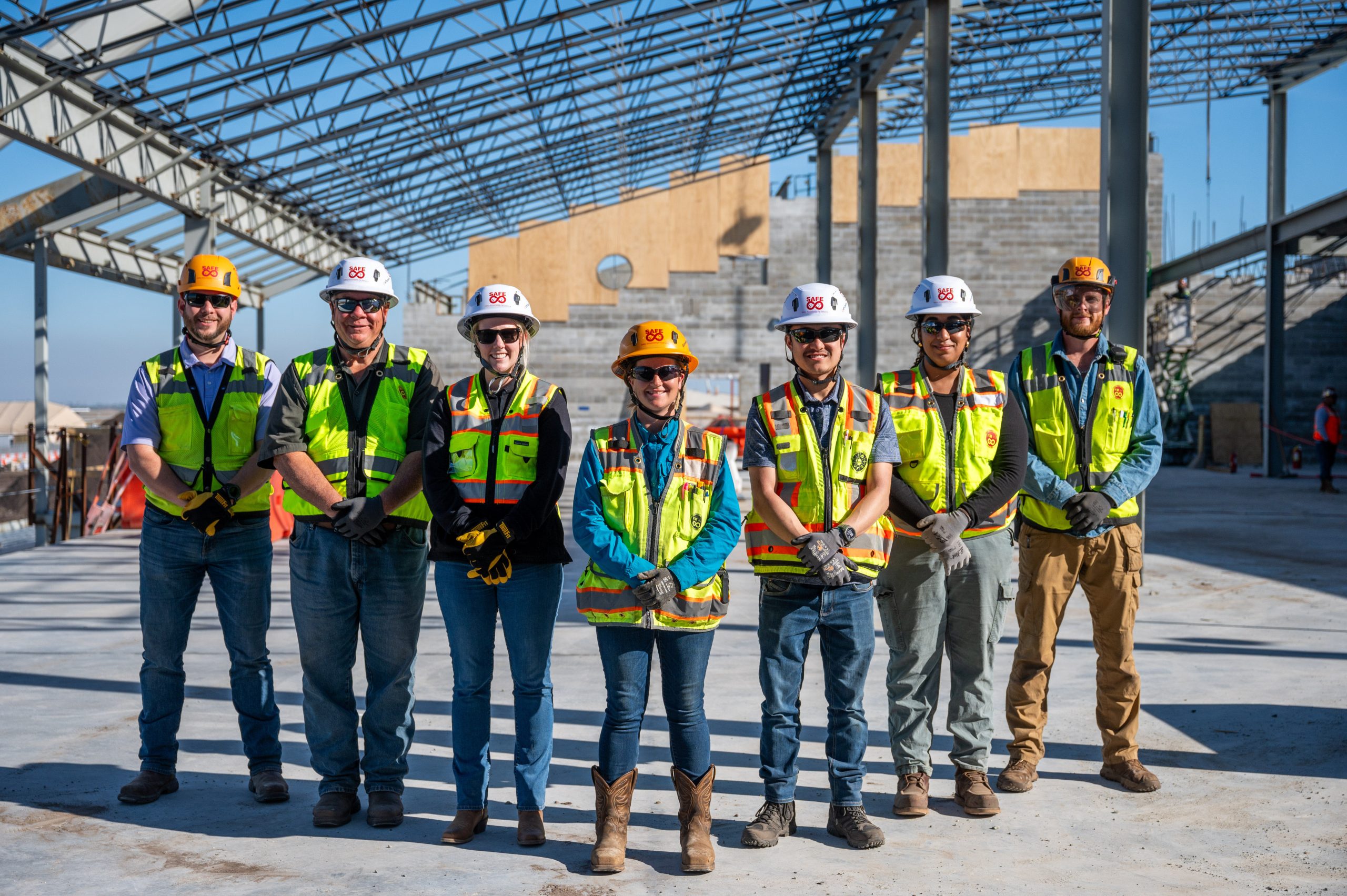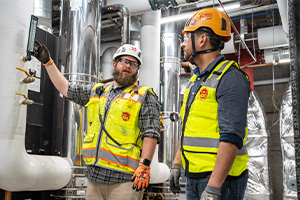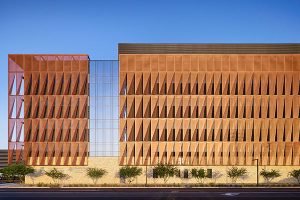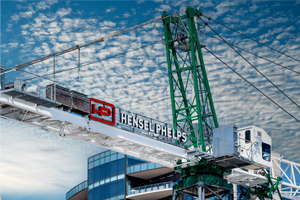Building Landmark Properties
At Hensel Phelps, construction is our business. With world-class leadership and a well-honed approach developed over more than three quarters of a century, we employ expertise, experience and ingenuity to build landmark properties – and build lasting relationships with our clients. We approach every project “The Hensel Phelps Way,” inspiring trust and delivering EXCELLENCE in all we do. Our comprehensive construction services – from preconstruction through constructability and field management – deliver superior results on time and on budget. Hensel Phelps’ Virtual Design and Construction (VDC) technology enhances our ability to deliver projects faster, more cost effectively and with a greater level of quality. Our construction services include:
Preconstruction Services
Preconstruction sets the tone for project success. At Hensel Phelps, we have found that five primary factors have a big impact on the outcome of a project in the early planning stages:
- Detailed scope – Identifying all required program elements and desired program options
- Risk mitigation – Identifying constraints and potential solutions
- Schedule – Optimizing means, methods, resources and sequencing
- Budget – Pricing complete scope, understanding schedule, identifying risk impacts and identifying cost options
- Owner feedback/buy-in – Making meaningful and timely decisions with clear communication
Hensel Phelps has a long and successful track record of completing projects on schedule and within budget — without sacrificing quality and design intent. We accomplish this by selecting highly qualified team members who understand the value of fluid communication, streamlined decision-making, and integrated teamwork. The preconstruction phase of a project represents our best opportunity to define and manage scope while maintaining an achievable schedule and working within the bounds of a target budget.
Virtual Design and Construction (VDC)
Virtual Design and Construction (VDC) ensures we build it right the first time. Hensel Phelps uses VDC to visualize the construction process, quantify the scope, schedule construction activities, and improve quality. VDC helps foster collaboration by involving owners, architects, engineers and trades in a unified virtual environment where the team can anticipate and mitigate conflicts prior to construction in the field. Hensel Phelps employs several different types of technology within the VDC world, including laser scanning to obtain as-built conditions for renovation projects and help facilitate more accurate models. Find out more: https://www.henselphelps.com/the-hensel-phelps-way/technology/
Life-Cycle Cost Analysis
Life-Cycle Cost Analysis is the key to saving money over the long term. Design and construction account for approximately 20 percent of the total cost of a building during its lifetime. The remaining 80 percent will be spent on operations and maintenance over the life of the facility. Too often, up-front cost savings sabotage long-term performance.

Hensel Phelps’ Life-Cycle Cost Analysis services help owners make budget and design decisions based on a comprehensive picture of construction and long-term performance costs. We are keenly aware of the gap that so often appears between first cost decisions and performance expectations for a completed building. Initial savings may be dwarfed by unforeseen expenditures when operations over time conflict with the building’s actual use. We make sure that doesn’t happen.
Prefabrication and Modularization
When a project calls for construction on a tight and impacted site, prefabrication and modularization can help alleviate congestion by expanding the construction area to include off-site manufacturing and assembly facilities. Many building components can be built or assembled more efficiently under controlled factory conditions that improve quality while reducing costs – without having to work around the difficulties of inclement weather. The components are delivered to the site “just in time” for integration on the project, reducing the amount of site space devoted to storage of parts and components.
Additional efficiency is realized when our trade partners become installers instead of assemblers, leading to a higher degree of quality and accuracy.
Contracting Methodologies
Choosing the right delivery method can mean the difference between success and failure. Hensel Phelps has experience working with various project delivery methods, including both traditional (Design-Bid Build and CM at Risk) and alternative (design-build, integrated project delivery). These delivery methods present varying risk models and advantages for owners, and can be tailored to the specific needs of the project.
Project Delivery Types:
- Design-Build (DB): Hensel Phelps has received more awards and recognition by the Design Build Industry of America than any other contractor in the United States. Our performance is based on our people, processes, collaboration and use of technology. We are committed proponents of Design Build, as it promotes a collaborative setting for all parties to come together to achieve success.
- Design-Bid-Build (DBB): As one of the nation’s premier contractors, Hensel Phelps knows the true value of putting work in place across multiple markets. Our estimators have an intimate understanding of the true costs of buildings for our clients.
- Integrated Project Delivery (IPD): Hensel Phelps has a deep understanding of the contractual and behavioral requirements needed for a multidisciplinary team – and we have the infrastructure, culture, and systems in place for IPD success.
- Public-Private Partnerships (P3): Hensel Phelps undertakes a P3 project only when it is a healthy economic decision for all parties. Our goal is to provide the client the best value and performance. Throughout the project, we provide the P3 entity cost and schedule details to make informed decisions. Hensel Phelps Development Services also can assist P3 partners in securing financing.
- Construction Manager at Risk (CMAR or CM/GC): Hensel Phelps strives to identify and assess risks and proactively mitigate potential issues through CMAR and CM/GC.





